Rebett Soldering Technologyノベーション:伝 統的なプロセスから最新のハイブリッドソリューションへ
1 Summary and Classification of Rebate Technology
Rebetti is a classical mechanical joining technology and has been developed in the last century. Traditional Rebelling is the process of plastic deformation through force transmission and mechanical rocke on the jointed parts. With the advancement of technology and the emergence of new technologies such as special stirring and friction welding, welding is a combination of purely mechanical welding, mechanical welding and metallurgical welding, and the development of hybrid welding technology.
The modern technology of the Rebetti is based on the form of the Rebetti and the structure of the Rebetti, and is mainly based on the separation of the two types of callipers, namely, the Serf-Rebetti Mixing and Friction Rebetti and the Serf-Spia-Spignol-Rebetti. The Cerf-Revet Mixing Friction Revette Joint is a customised revette used for joining plates of different materials. In the motion of the mixing head, the appropriate shape of the lower plate press hole rubs the upper material under the effect of softening heat and the flow of downward pressure on the lower plate press hole by forming the same structure of the robot. In addition, the Spinning Rebreath Project consists of four main stages: the Rebreath Port, the Serf Tapering Cavity, the Transformation Rock and the Emergency Stop Solid Bonding.
2 Details of Friction Stirring Rebate Joining Technology
2.1 FrictionRebett DissolvingPrinciples and Prospectus
Stirring and friction Rebate joining technology is a new technology that maintains the characteristics of the Rebate joining technology of deformed rock and solid phase, and adopts the Rebate turning friction for heat generation, which stabilises the joining of dissimilar materials. In relation to the friction stirring linkage, research has been carried out at various universities in Japan and abroad, focusing on the characterisation of the organisational and mechanical properties of the friction stirring linkage, as well as on the analysis of the fracture patterns.
Halisera has investigated the micallef friction welding technique for joining multi-layer Al/Cu ultra-thin plates, and the experimental results show good interlayer bonding and the existence of diffuse layers of nanoscale. Wooliam's research on the two-sided stirring and friction cellulose-based rebelts has resulted in the formation of continuous rebelts, metallurgical bonding of materials and effective mechanical rocke formation in the lower part of the rebelts, as well as the formation of joints in the pressurised cavities. The junction is formed by the metallurgical bonding of material levers, and the effective mechanical rollover is formed at the lower part of the Rebelt Head.
2.2 Bonding Forms and Bonding Mechanisms of Mixing and Friction Rebate Bonding
The joints of stir-friction RebettiNG are subdivided into four types of tapes: stir-friction blending and RebettiNG (FSBR), stir-friction spinning and RebettiNG (FSPR), turn-friction rider RebettiNG (RFDR), and turn-friction p Resistance and Rebonding (RFPR).![图片[1]-铆焊技术创新:从传统工艺到现代混合解决方案(铆焊接头区域微观组织与性能关系)-大连富泓机械有限公司](https://cndlfh.com/wp-content/uploads/2025/10/QQ20251002-200941-1-800x625.png)
Typical stirring and friction melting relay is different in structure from the stirring and friction melting relay of cerf, pias and spine. When joining alloys and steels by friction welding, usually the alloy plate is placed on top and the steel plate is placed on the bottom. Generally, a strong rebate joint is formed after rebate joining, and a certain shape of hole is formed in the steel plate. According to the research results of Huangra, in the joining program of alloy and steel by stirring and friction-cerf/rebent bonding, the sequence of material filling is based on the following rules: first, the alloy is deformed at the apex of the rebent; second, the alloy is stirred in the rebent; and finally, the alloy is fed into the rebent and then pressed. The last step is to press the Aluminium alloy into the machine by feeding it.
3 Relationship between the organisation and properties of rebate splice joints
3.1 Microstructural Characteristics of Joints
The study of the microstructure of friction mixing link joints has contributed to a deeper understanding of the tissue-physical property relationship, and as a result, the overall performance of friction mixing link joints has been controlled.
In terms of organisational evolution, the stirring friction celluloid dissolution head is divided into the stirring zone (SZ), the dissolution brook (WNZ), the thermo-mechanical effect zone (TMAZ), the plastic deformation melt flow zone (PDZ) and the celluloid zone (SRZ). In comparison with the matrix organisation, the SZ domain is characterized by fine grain size, the finest crystalline grains and fine isometric grains, the PDZ domain is characterized by coarse grain size, the matrix is fine and coarse isometric grains, and the TMAZ domain is characterized by fine grain size and deformation of the crystalline grains by mechanical mixing.
3.2 Intermetallic Compounds at Interfaces and Their Effectiveness
The results of TEM examination showed that the intermetallic compound generated was Fe4Al13. The intermetallic compounds of Fe2Al5 in the form of flakes and FeAl6 in the form of widely dispersed masses were detected at the interface between 6061 Aluminium alloy and soft steel in the stirring friction rebel joint.
In many studies, the formation of Fe2Al5 and FeAl3 yoyo-Al ligand intermetallics has been compared with the formation of FeAl and Fe3Al yoyo-Al ligand intermetallics, and the influence of the interface bonding and bond strength on the interface bonding and the bond strength has been demonstrated to have a significant effect. This paper provides an important direction for the optimisation of the Rebett solvent bonding program.
4 Rebate Dissolving ProspectusOptimisation and Pfaffmans upwards strategy
4.1 Optimisation of Proximity Parameters
Rebate joining process parameter has a decisive influence on the quality of the joint. In the case of cerf, pias, spine, and rebate, the distance between the radius d (the distance between the interface of the rebate and the joint and the apex of the rebate), the depth of the rebate h (the depth of the rebate on the lower side of the joint), and the distance between the rebate and the proximity of the rebate on the rebate system are all important parameter. The distance between the two Generally speaking, the large values of the lotto-cart and the depth of the lift are indicative of strong mechanical rokinetic synergy, whereas the large values of one side are indicative of a decrease in the depth of the lift and a weakening of the mechanical rokinetic synergy.
Wang Xijingra investigated the effect of the two joint patterns of the implantation stirring friction rebate joint on the performance of the joint, and the experimental results showed that the joint pattern of the inner side of the nailed cap was broken along the interface of the alumina columns in the extended profile, and that the joint pattern of the inner side of the nailed cap was broken along the interface, and that the joint pattern of the extended profile was broken along the interface of the alumina columns in the extended profile. The jointing pattern is shown by the direct kinking of the alumni column in the hole. In order to achieve the mechanical reliability of the robot, it is necessary to form the Sunawachi Neel Camp structure with the appropriate and suitable configuration under the Prehub holes, as well as the configuration and spatial requirements of the robot.
4.2 Material Optimisation and Surface Treatment
The properties of the rebate joining are greatly improved by material optimisation and surface treatment. The addition of Zn to the friction stirring linkage of aluminium and steel, as well as the use of sub-lead steels, promotes the formation of Al-Zn intermetallic compounds and reduces the formation of harmful Fe-Al intermetallic compounds.
The evolution of the mikro structure in the joint of AA611 Aluminium alloy and sub-lead-metal fibre optic steel fibre optic has been observed and characterised by the development of the microstructure. The joining section is divided into three typical fields by the development of microstructure, which are distributed in the centre of the curve of the leaflet: Field X (773μm or more from the end of the leaflet), Field A (within 363~773μm from the end of the leaflet), and Field B (within 88~363μm from the end of the leaflet). and Field B (88 to 363μm around the end of the robot). The different domains reflect different thermo-mechanical histories, different grain boundary characteristics and grain refinement.
5 Prospect and Development Trend of Application of Rebett Soldering Technology
5.1 Application Prospect of Heterogeneous Materials Joining
The lightweight and energy-saving requirements in the industrial field are high, and the application of alminium alloys and magnesium alloys has been sought after. Aluminium alloys and magnesium alloys have low strength and rigidity, but steel and other high-strength materials and combinations of materials are necessary for their use. Therefore, the bonding of dissimilar materials, especially Aluminium alloys and Magnesium alloys, lightweight alloys and steel is particularly important, and the need to solve the problem of combining dissimilar materials with high strength and high precision is also highlighted.
The traditional methods of joining dissimilar materials, such as rebate, fusion bonding, and adhesion, have many shortcomings, such as lack of universality, lack of strength and stability of joining, and difficulty in controlling accuracy. The new technologies such as friction friction welding and solvent bonding provide effective solutions to the problems in the field of automotive, aerospace, and other heavy industry, and show the possibility of a wide range of applications.
5.2 Technology Development Trends
The future development of Rebentechnology will be based on the improvement of engineering accuracy, efficiency and adaptability expansion. On the one hand, the precision control of engineering parameter and the strengthening of engineering monitoring will lead to an increase in the consistency of joint quality, while on the other hand, the innovation of equipment and optimisation of engineering will lead to an increase in the production efficiency and a reduction in the production cost.
Digitalisation and Intelligence are important directions in the development of Rebate technology. Through the integration of the sensor, data analysis, and control system, the real-time monitoring and adaptive control of the Rebate Joint Prospectus can ensure the stability and reliability of the joint quality. At the same time, optimisation of engineering based on digital technology is an important means to improve the quality of Rebelt bonding.

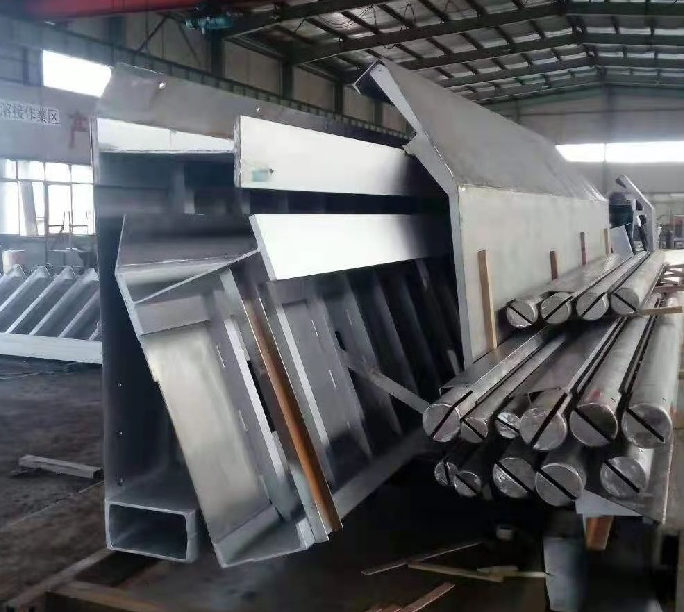
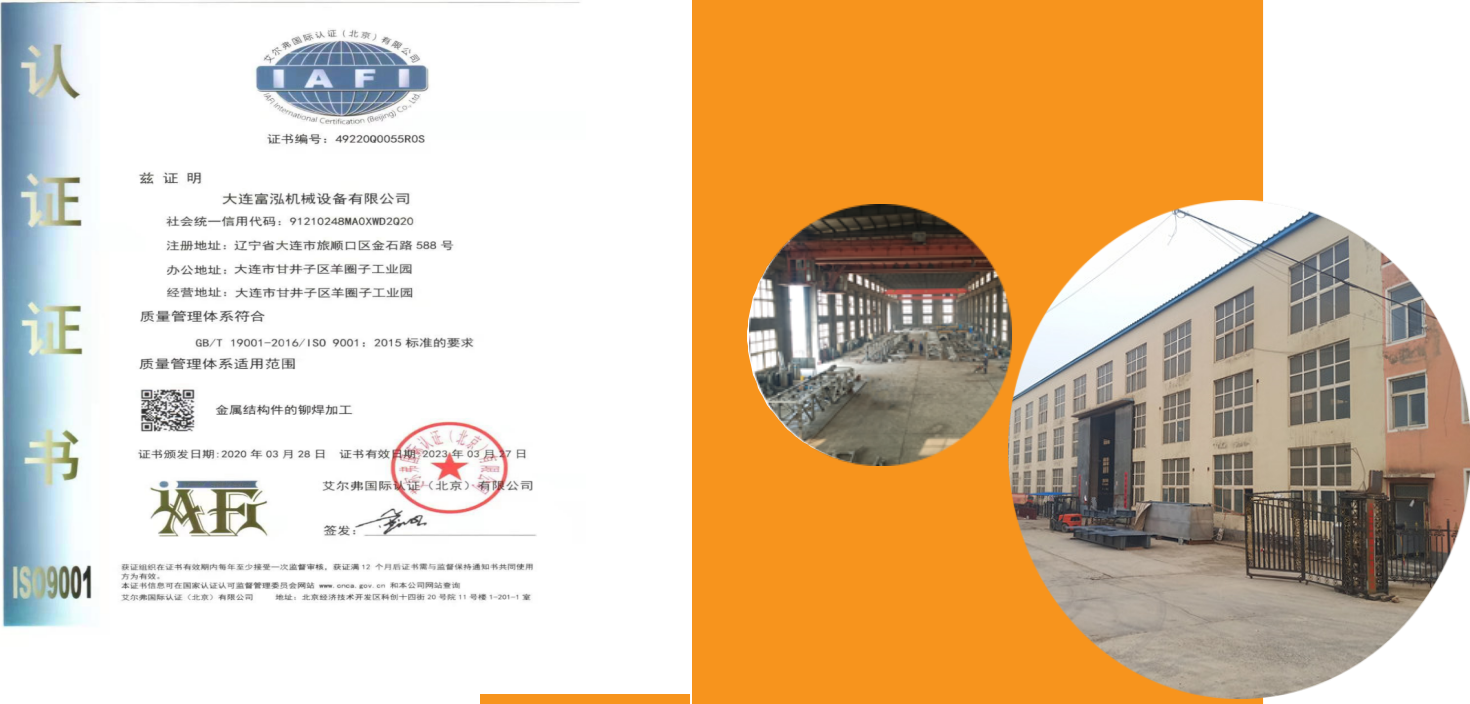



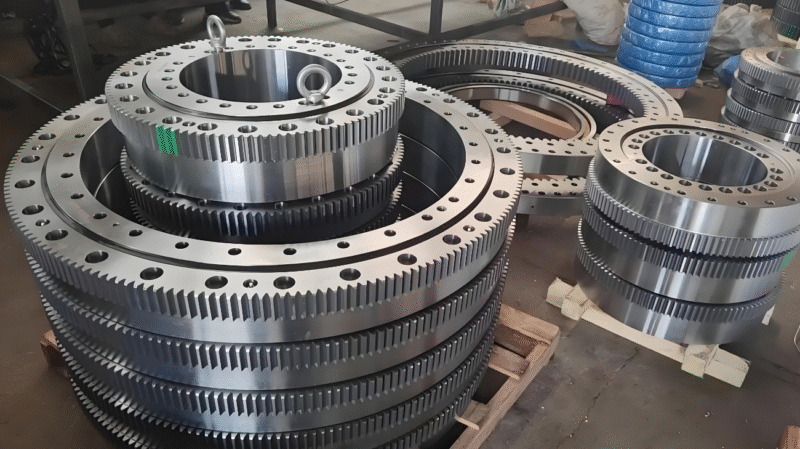
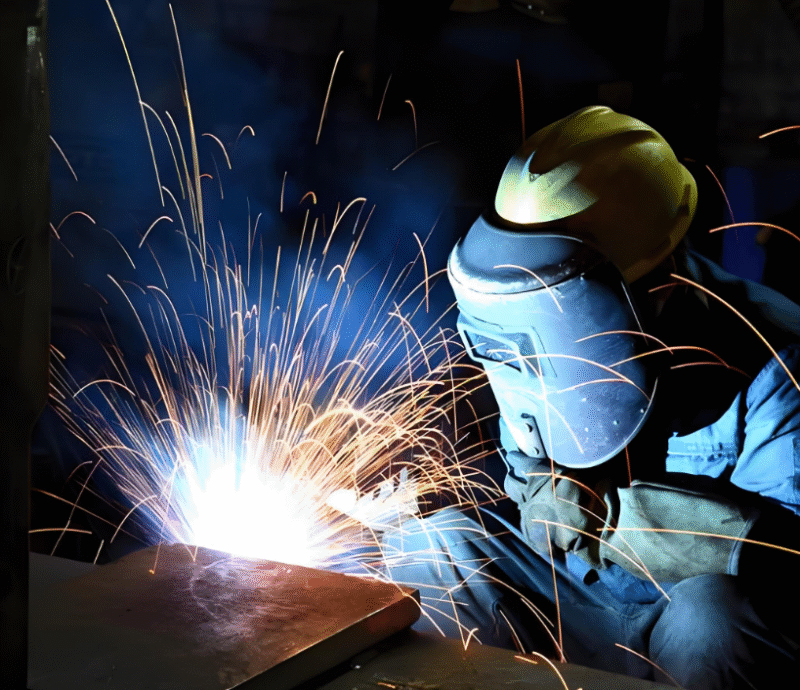
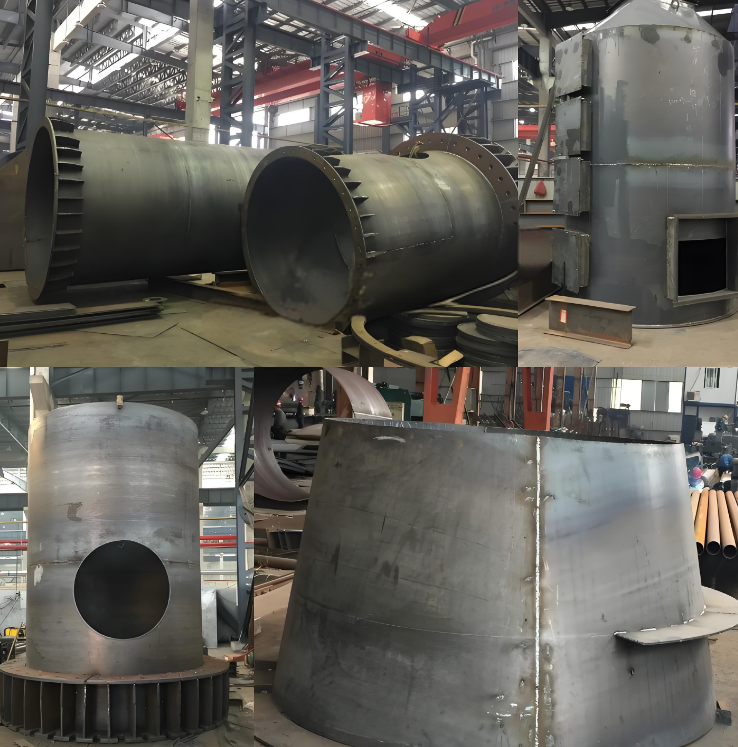
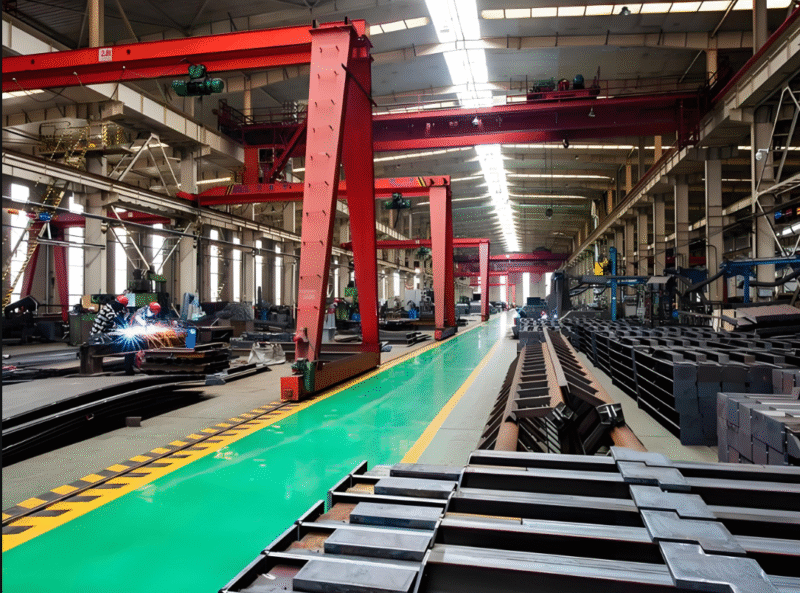

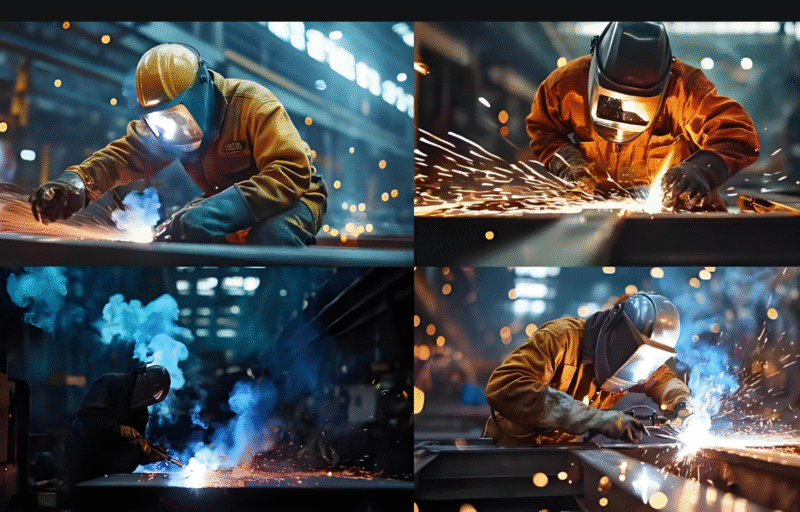


No comments